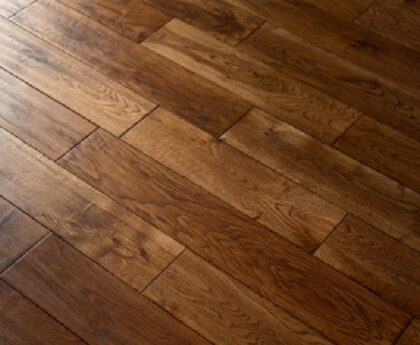Keeping your home cool during the hot summer months without breaking the bank can be challenging, but it’s entirely possible with some strategic planning and creativity. Here are several cost-effective ways to keep your home cool on a budget:
1. Maximize Natural Ventilation
One of the most effective ways to cool your home without spending money is to take full advantage of natural ventilation. Open your windows during the cooler parts of the day, such as early morning and late evening, to allow fresh air to circulate throughout your home. Create a cross breeze by opening windows on opposite sides of the house to encourage airflow. This natural cooling method can significantly reduce the need for air conditioning, especially in the early and later hours of the day.
2. Use Fans Wisely
Fans are a budget-friendly way to keep your home cool. Ceiling fans, box fans, and even small desk fans can help circulate air and make rooms feel cooler. Ceiling fans are particularly effective when used correctly—set them to spin counterclockwise in the summer, which pushes air down and creates a breeze that can make you feel several degrees cooler. Additionally, consider placing a box fan in front of an open window to pull in cool air from outside or create a makeshift air conditioner by placing a bowl of ice or frozen water bottles in front of a fan.
3. Block Out the Sun
Sunlight streaming through windows can quickly heat your home. To combat this, block out the sun’s rays by closing blinds, curtains, or shades during the hottest parts of the day. Blackout curtains or thermal shades are especially effective at keeping heat out.
Some HVAC contractors also recommend reflective window film. Reflective window film is another can be applied to your windows to reduce heat gain. By keeping the sun out, you can maintain a cooler indoor temperature without relying on air conditioning.
4. Optimize Your Air Conditioner
If you use an air conditioner, make sure it’s running as efficiently as possible. First, keep the filters clean—dirty filters can reduce airflow and make your AC work harder, consuming more energy. Set your thermostat to the highest comfortable temperature (around 78°F or 26°C) to reduce energy usage. Additionally, using a programmable thermostat allows you to set your AC to run less when you’re not home, saving on electricity costs. For window units, ensure they’re properly sealed to prevent cool air from escaping.
5. Use Heat-Generating Appliances Wisely
Many household appliances generate heat, which can raise the temperature in your home. To keep your home cool, try to minimize the use of these appliances during the hottest parts of the day. For example, use the oven, stove, or dishwasher in the early morning or late evening when it’s cooler. Better yet, consider using a microwave, toaster oven, or outdoor grill to cook meals without adding extra heat indoors. Likewise, avoid using the dryer by hanging clothes to dry, which not only keeps your home cooler but also saves energy.
6. Insulate and Seal Your Home
Proper insulation is key to keeping your home cool in the summer. Insulation doesn’t just keep heat in during the winter—it also keeps it out during the summer. Check your attic, walls, and floors to ensure they’re well-insulated. Additionally, sealing gaps and cracks around doors, windows, and other openings prevents hot air from entering your home and cool air from escaping. Weather stripping and caulking are inexpensive ways to seal leaks and improve your home’s energy efficiency.
7. Create Shade Outside
Creating shade around your home can reduce the amount of heat that enters your living space. Planting trees, installing awnings, or setting up shade sails can block direct sunlight from hitting your windows and walls, keeping your home cooler. Additionally, consider using outdoor curtains or blinds on porches and patios to provide shade and reduce heat.
8. Use Light-Colored Paint and Roof Materials
Light colors reflect sunlight, while dark colors absorb it. If you’re planning to repaint your home or replace your roof, choose light-colored or reflective materials to help keep your home cooler. This simple change can make a noticeable difference in your home’s temperature and reduce your reliance on air conditioning.
9. Unplug Electronics When Not in Use
Electronics and appliances generate heat even when they’re turned off but still plugged in. To reduce heat buildup, unplug devices like computers, TVs, and chargers when they’re not in use. Using power strips can make it easier to turn off multiple devices at once. This practice not only helps keep your home cool but also reduces energy consumption and lowers your electricity bill.
It’s a Marathon, not a Sprint
Keeping your home cool on a budget requires a combination of smart habits, strategic use of appliances, and a few inexpensive upgrades. By maximizing natural ventilation, using fans effectively, blocking out sunlight, and optimizing your air conditioner, you can maintain a comfortable indoor temperature without overspending. Simple steps like insulating your home, creating shade outside, and unplugging unused electronics can also contribute to a cooler home and lower energy costs. With these tips, you can stay cool and comfortable all summer long without breaking the bank.





